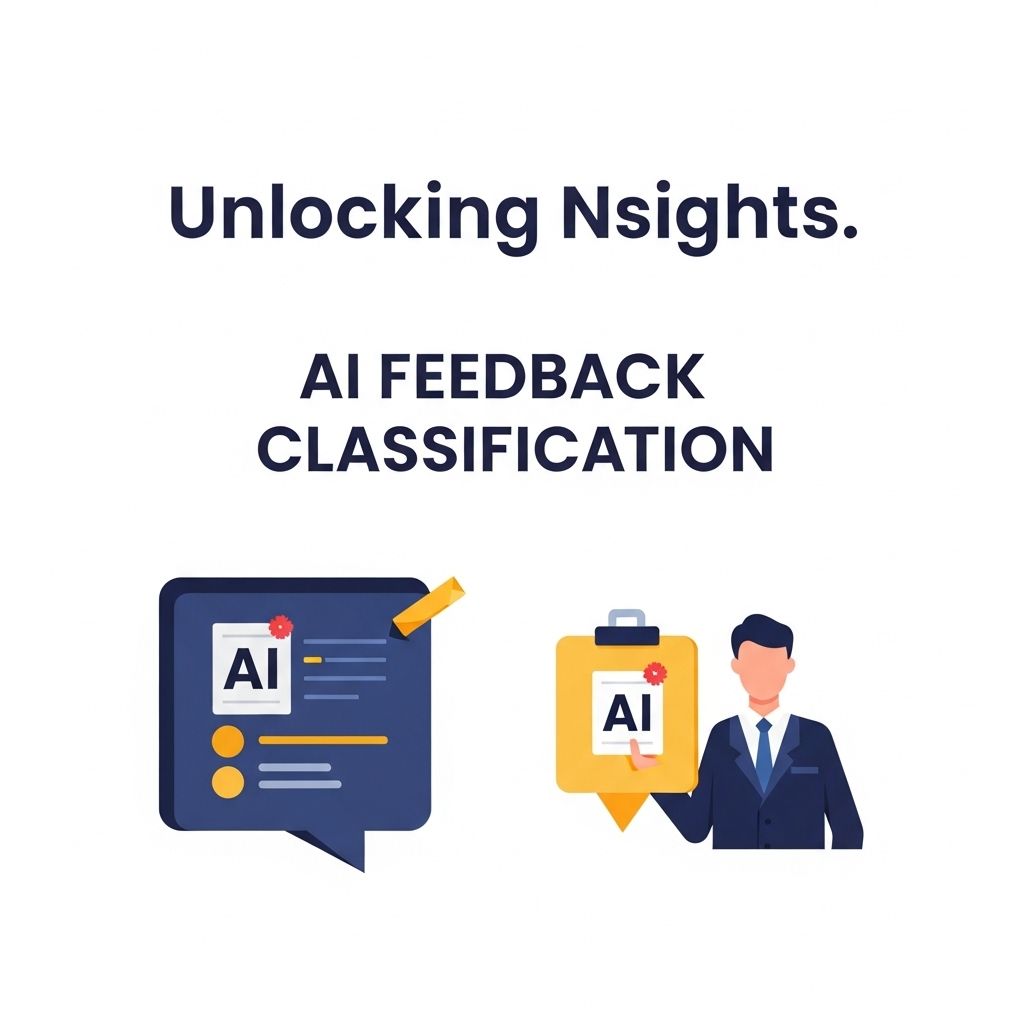Visualize Success with AI Doubt Solvers
Discover how AI doubt solvers can help you visualize success and overcome challenges in your personal and professional life.

In the rapidly evolving world of technology, the integration of artificial intelligence (AI) into various sectors has transformed the way businesses operate. One of the most exciting advancements is the emergence of AI Doubt Solvers, a tool designed to assist individuals and organizations in overcoming uncertainties and challenges by leveraging the power of machine learning and data analysis. This article delves into how AI Doubt Solvers can be utilized to visualize success and streamline decision-making processes.
Table of Contents
The Rise of AI in Problem Solving
Artificial intelligence has made significant strides in recent years, particularly in areas related to data interpretation and predictive analytics. By utilizing algorithms that can learn and adapt, AI can provide solutions to complex problems that were once deemed insurmountable. Here are some key factors contributing to the rise of AI in problem-solving:
- Increased Data Availability: With the digitalization of operations, vast amounts of data are generated daily, providing AI with the fuel it needs to analyze and derive insights.
- Advancements in Machine Learning: State-of-the-art algorithms enable AI systems to learn from past experiences, improving their predictive capabilities.
- Cost Efficiency: AI solutions can significantly reduce the costs associated with traditional problem-solving methods.
- Speed: AI can process information and generate solutions at a pace far exceeding human capabilities.
Understanding AI Doubt Solvers
AI Doubt Solvers are sophisticated systems that help individuals and organizations make informed decisions by providing data-driven insights. These systems can analyze various scenarios, predict outcomes, and offer recommendations based on historical data and current trends. Here are some fundamental characteristics of AI Doubt Solvers:
How They Work
AI Doubt Solvers typically employ a combination of machine learning, natural language processing, and advanced analytics. The process can be broken down into several steps:
- Data Collection: Relevant data is collected from various sources, including historical records, market trends, and customer feedback.
- Data Processing: The AI system processes the collected data to identify patterns and correlations that might not be immediately apparent.
- Model Training: Machine learning models are trained on the data to improve their accuracy and predictive capabilities.
- Scenario Simulation: The system simulates different scenarios to analyze potential outcomes and risks.
- Recommendation Generation: Based on the analysis, the AI Doubt Solver generates actionable recommendations tailored to the user’s needs.
Applications of AI Doubt Solvers
AI Doubt Solvers can be applied across various industries, providing valuable insights and enhancing decision-making processes. Some notable applications include:
| Industry | Application | Benefits |
|---|---|---|
| Healthcare | Predictive diagnostics | Improved patient outcomes, personalized treatment plans |
| Finance | Risk assessment | Minimized financial losses, optimized investment strategies |
| Retail | Customer behavior analysis | Enhanced customer experience, increased sales |
| Manufacturing | Supply chain optimization | Reduced costs, increased efficiency |
The Benefits of Using AI Doubt Solvers
Incorporating AI Doubt Solvers into decision-making processes offers numerous benefits:
- Enhanced Accuracy: AI systems can analyze large datasets with precision, providing more reliable outcomes than manual calculations.
- Informed Decision-Making: With data-backed recommendations, organizations can make informed choices, reducing the risk of costly mistakes.
- Time-Saving: AI can automate data analysis, freeing up time for teams to focus on strategic initiatives.
- Trend Prediction: By analyzing historical data, AI can identify trends and predict future developments, allowing organizations to stay ahead of the curve.
- Scalability: AI solutions can easily scale with organizational growth, adapting to increasing data volumes and complexities.
Challenges and Considerations
While AI Doubt Solvers present numerous advantages, several challenges and considerations must be addressed:
Data Quality
The effectiveness of AI Doubt Solvers heavily relies on the quality of the input data. Inaccurate or incomplete data can lead to misleading insights. Organizations must implement robust data management practices to ensure data integrity.
Bias in AI Models
AI systems can inadvertently inherit biases present in the training data, leading to skewed results. Organizations should regularly review and update their models to mitigate bias and ensure fairness in decision-making.
Integration with Existing Systems
Integrating AI Doubt Solvers into existing workflows and systems can be challenging. Organizations must focus on seamless integration to maximize the benefits of these tools.
Visualizing Success with AI Doubt Solvers
One of the most compelling aspects of AI Doubt Solvers is their ability to visualize potential outcomes and paths to success. By presenting data in a visually accessible format, these tools empower decision-makers to easily understand complex information. The following techniques are commonly used for visualizing success:
Dashboards
AI Doubt Solvers often include dashboards that display key performance indicators (KPIs) in real-time. Dashboards can provide an overview of progress and help stakeholders identify areas for improvement.
Graphs and Charts
Data visualization through graphs and charts simplifies complex data and makes trends easier to spot. Commonly used types of charts include:
- Bar charts
- Line graphs
- Pie charts
Scenario Mapping
AI Doubt Solvers can create scenario maps that illustrate different decision pathways and their potential outcomes. This visual representation helps stakeholders evaluate options quickly.
Conclusion
As organizations continue to navigate an increasingly complex landscape, the role of AI Doubt Solvers in fostering informed decision-making cannot be overstated. By harnessing the power of AI, businesses can visualize success, overcome uncertainties, and position themselves for growth. Embracing these technologies is not just a trend—it’s a necessity for organizations aiming to thrive in the digital age.
FAQ
What are AI doubt solvers?
AI doubt solvers are advanced algorithms and software designed to provide instant answers and support for various queries, helping users resolve doubts in real-time.
How can AI doubt solvers enhance learning?
AI doubt solvers enhance learning by offering personalized assistance, instant feedback, and access to a vast repository of knowledge, making study sessions more efficient and effective.
Are AI doubt solvers suitable for all subjects?
Yes, AI doubt solvers can cater to a wide range of subjects, including mathematics, science, literature, and more, providing specialized support based on user needs.
Can AI doubt solvers replace traditional tutoring?
While AI doubt solvers can supplement traditional tutoring by providing immediate assistance, they are best used as a complementary tool rather than a complete replacement.
How do I access an AI doubt solver?
You can access an AI doubt solver through various educational platforms, apps, or websites that integrate AI technology to assist users with their inquiries.
What are the benefits of using AI doubt solvers for students?
The benefits of using AI doubt solvers for students include increased accessibility to information, personalized learning experiences, and the ability to study at their own pace.



